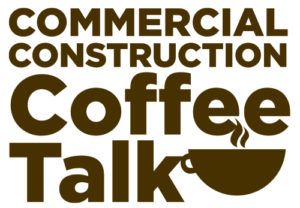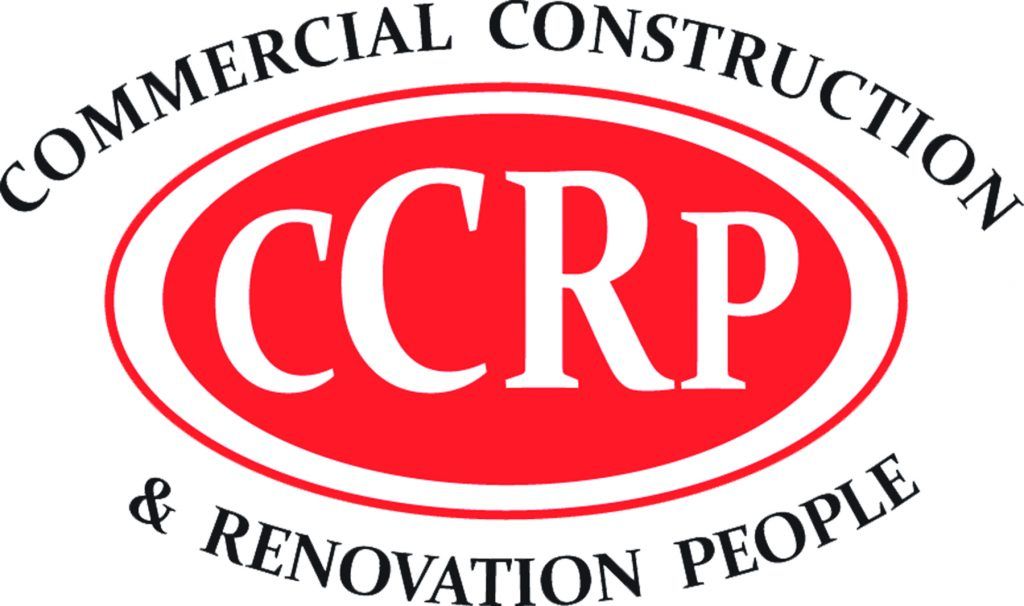Commercial spaces are all about flow—whether it’s foot traffic in a retail store, data running through server racks, or espresso machines pulling double shifts in a café. But behind the scenes, it’s the electrical systems that keep everything ticking. When those systems are poorly planned or rushed, things go dark—literally and figuratively.
That’s why electrical risk isn’t just a concern for the trades. It’s a project-wide issue that affects timelines, budgets, and even future tenants. And it all starts with smart planning and solid partnerships—especially with the best commercial electricians Melbourne has available to spot the red flags before they cause chaos.
This article walks you through where things often go wrong and how to get ahead of electrical risks before they end up shocking your budget (or your tenants). Let’s break it down.
Why Electrical Risk Deserves a Spot on Your Fit-Out Checklist
When most people think of fit-outs, they picture design finishes and floor plans. But behind those clean lines and downlights is a web of wires, circuits, and switchboards that can make or break a space. Skimp on this part of the process, and you risk:
- Delays in occupancy certification
- Safety breaches that trigger insurance or legal issues
- Extra costs for rework when things aren’t up to code
- Outages that disrupt business operations down the line
These aren’t just small oversights. They’re the kind of mistakes that can undo weeks of progress or blow up a budget. But the good news? Most of them are avoidable.
Start with a Smart Plan—Not a Last-Minute Panic
Every fit-out starts with a vision, but turning that vision into a safe, working space takes collaboration. One of the biggest risks in commercial projects is assuming electrical work is just something that happens once the walls go up. In reality, it should be part of the first conversation.
Early-stage planning allows commercial electricians to:
- Review existing infrastructure and capacity
- Flag any upgrade requirements early
- Coordinate with other trades to avoid clashes
- Ensure compliance is built into the design
Too often, electricians are brought in after plans are finalised—meaning they’re forced to work around design decisions that don’t suit the site’s electrical needs. A good plan avoids those headaches.
Fit-Outs Aren’t One-Size-Fits-All—and Neither Is the Wiring
Different types of commercial spaces come with unique electrical demands. Here are a few examples:
- Cafés and restaurants: High-load appliances, multiple circuits, emergency lighting, and sometimes three-phase power
- Offices: Data cabling, uninterrupted power supply (UPS) systems, and flexible workspaces that require plenty of outlets
- Retail stores: Feature lighting, display areas, security systems, and public address setups
- Medical clinics: Compliance with strict health regulations, backup systems, and specialist equipment loads
If your fit-out treats all of these the same way, something’s bound to go wrong. Tailored electrical planning is non-negotiable.
Don’t Cut Corners on Compliance—It’s Not Just Red Tape
Electrical compliance may seem like a bureaucratic hurdle, but it’s what keeps people safe and businesses protected. Every commercial fit-out must meet:
- The AS/NZS 3000 Wiring Rules (Australian electrical standards)
- Energy efficiency codes
- Local council regulations
- Fire and emergency service requirements
When these rules are missed—or misunderstood—you run the risk of failing inspections, delaying opening dates, or facing costly rework. And that’s before you even think about insurance complications if something goes wrong.
Engaging qualified professionals who stay up to date on evolving codes helps ensure your fit-out isn’t just functional, but legally sound.
How Timing Affects Risk: Don’t Let Scheduling Be an Afterthought
Construction projects are juggling acts. But when electrical works are delayed or squeezed into a rushed schedule, it increases the chances of:
- Unsafe shortcuts
- Clashes with other trades (plumbers, ceiling installers, etc.)
- Incomplete testing before handover
To avoid this, project managers should work closely with electrical teams from day one to map out a realistic schedule. That includes allowances for:
- Lead times on materials and switchboards
- Required inspections
- Contingencies in case of design changes or weather delays
Communication Is Risk Management—Here’s Why It Matters
Many electrical risks stem from miscommunication. Sometimes it’s a case of an architect wanting clean ceiling lines without considering how air-con ducts and wiring need to fit. Other times, a last-minute change to a workstation layout throws off the entire power distribution plan.
That’s why electricians should be looped into every major planning meeting—not just handed a finished blueprint. Better communication avoids:
- Design clashes
- Last-minute electrical redesigns
- Unclear responsibility for safety features like emergency exits and lighting
A proactive electrical partner doesn’t just “install and leave”—they ask the right questions at the right time.
Bulletproofing Your Project: Risk-Smart Moves That Pay Off
Here are a few practical strategies that go a long way in reducing fit-out risk:
- Use quality components: Don’t cut corners with cheap fixtures or non-certified materials. It might save a few bucks now but cost much more in maintenance—or fines—later.
- Label everything: Clear labels on switchboards, outlets, and data ports speed up maintenance and reduce user errors.
- Leave room for growth: Future-proof your fit-out by installing more outlets or capacity than you think you’ll need. You’ll thank yourself later.
Red Flags to Watch Out For
Not sure if your project is drifting into risky territory? Watch for these signs:
You’ve changed the layout multiple times without looping in your electrician
- Electrical work is being quoted as “TBA” or vague in scope
- Your fit-out contractor can’t provide the licencing credentials of their sparkies
- There’s no clear handover or compliance documentation scheduled
If these sound familiar, hit pause and check in with your team. It’s much easier to fix issues early than after plaster’s gone up.
Lessons from the Field: A Real-World Warning
Let’s say a retail store in Melbourne’s inner suburbs went full steam ahead on their new shop fit-out. Gorgeous timber counters? Check. Polished concrete floors? Also check. But no one realised that the upgraded LED lighting system needed a dedicated circuit—and that the switchboard hadn’t been updated since the ‘90s.
By the time the lights were flickering and tripping during setup, it was too late. The store had to delay its opening, spend thousands on retrofitting the power supply, and argue with insurers over non-compliant installs.
All of which could have been avoided if the electrical load had been reviewed properly up front. It’s a classic example of why shortcuts cost more in the long run.
Maintenance Isn’t an Afterthought—It’s Part of the Plan
Once the fit-out is complete, many business owners assume their electrical systems will just work quietly in the background forever. Spoiler: they won’t.
Ongoing maintenance is key to:
- Ensuring compliance stays up to date
- Spotting wear-and-tear before it leads to failure
- Supporting warranties and certifications
- Reducing energy waste through better monitoring
Build a maintenance agreement into your project from day one—it’s cheaper and safer than reactive fixes down the line.

Conclusion: Safe, Smooth, and Shock-Free
There’s no such thing as a “minor” electrical mistake in a commercial setting. Whether it’s a faulty outlet that trips the EFTPOS machine or a bigger compliance issue that halts inspections, the ripple effect is always bigger than expected.
But when you plan early, work with experienced professionals, and build safety into every step, your fit-out doesn’t just work—it lasts.
So if you’re setting up your next office, clinic, café, or retail space, don’t just focus on what meets the eye. Make sure what’s behind the walls is just as solid. Trust the team that asks the right questions before problems appear—and let electricity be one thing you don’t have to worry about.


























